Bolivia
Welcome to Bolivia
Welcome to Bolivia, a land of breathtaking contrasts and rich cultural heritage nestled in the heart of South America. From the soaring peaks of the Andes to the vast, shimmering salt flats and the lush Amazon rainforest, Bolivia offers travelers an authentic and unforgettable experience filled with natural wonders and vibrant indigenous traditions.
Bolivia is a country of diverse landscapes and cultures. It is home to some of the highest cities in the world, including La Paz, the administrative capital, perched dramatically in the Andes. The country’s geography spans the arid Altiplano plateau, tropical lowlands, and dense Amazon jungle, creating a playground for adventurers and nature lovers alike. Bolivia’s population of around 11.7 million is a tapestry of indigenous peoples, primarily Quechua and Aymara, whose customs and festivals remain deeply woven into the national identity. The country’s historical cities such as Sucre, the constitutional capital, and Potosí, famed for its colonial silver mines, showcase well-preserved architecture and rich stories from Bolivia’s past. Meanwhile, modern urban centers buzz with markets, colorful textiles, and street food that highlight Bolivia’s living culture. Why Visit Bolivia in 2025?
1.
Raw and Unspoiled Natural Beauty
Bolivia’s landscapes are otherworldly and diverse. The Salar de Uyuni, the world’s largest salt flat, creates a surreal mirror effect after rains, offering photographers and travelers a unique spectacle. The towering Andes mountains provide challenging treks and climbs, including Huayna Potosí and Illimani. The Amazon basin invites exploration of pristine rainforests teeming with exotic wildlife. This raw beauty remains largely untouched by mass tourism, making Bolivia a perfect destination for those seeking authenticity and adventure.
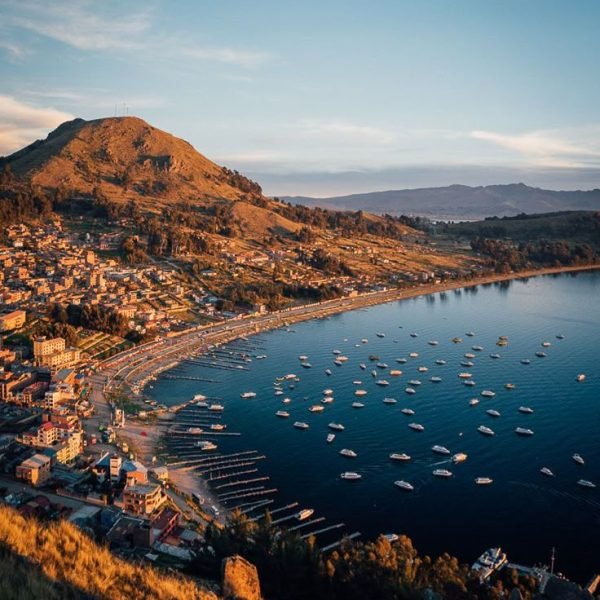
2.
Rich Indigenous Culture and Traditions
Bolivia is a cultural treasure trove where indigenous heritage thrives. Visitors can experience vibrant festivals, traditional markets like La Paz’s Witches Market, and ancient archaeological sites such as Tiwanaku. The warmth and hospitality of the Bolivian people allow travelers to immerse themselves in local customs, rituals, and cuisine, including specialties like salteñas and coca leaf-infused dishes.
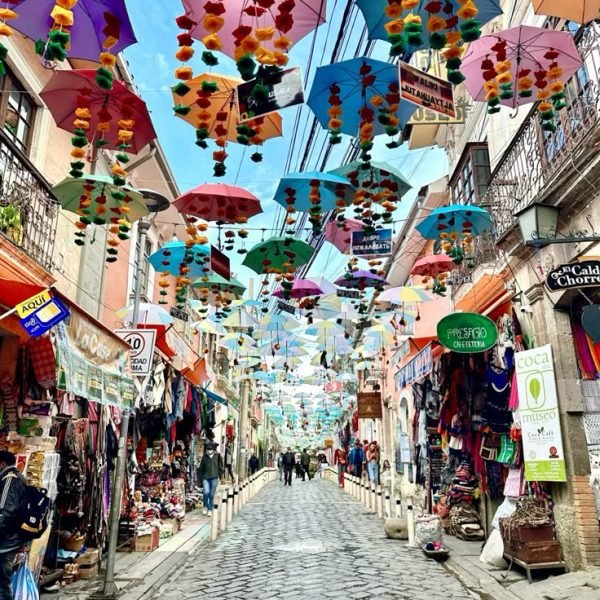
Planning Your Trip
Visa Information
Most travelers require a visa to enter Bolivia, but requirements vary by nationality. Citizens from many countries, including the US, Canada, and EU nations, can obtain a tourist visa on arrival or enter visa-free for short stays. It is advisable to check the latest visa regulations before traveling, as policies can change. A valid passport with at least six months’ validity beyond the planned departure date is essential.
Best Time to Visit
Bolivia’s climate varies by region and altitude, but generally, the best time to visit is during the dry season from May to October. This period offers cool, clear weather ideal for trekking, sightseeing, and exploring the salt flats without the heavy rains that characterize the wet season (November to March). The shoulder months of March-April and September-October can also be pleasant, with fewer tourists and mild weather. The rainy season brings lush greenery but can make some roads and trails challenging.
Getting To and Around
Getting to Bolivia
Bolivia is landlocked but well connected by air. The main international airports are in La Paz (El Alto International Airport), Santa Cruz (Viru Viru International Airport), and Cochabamba. Direct flights are available from major South American hubs like Lima, Santiago, Buenos Aires, and São Paulo. Overland travel from neighboring countries such as Peru, Chile, and Argentina is also common for adventurous travelers.
Getting Around
Travel within Bolivia can be an adventure in itself. Domestic flights are available between major cities and tourist hubs, saving time on long journeys. Long-distance buses are the most common and affordable way to travel, connecting cities and towns across the country. In cities, taxis and minibuses serve as primary transport, though roads can be narrow and traffic hectic, especially in La Paz.
For exploring remote natural sites, guided tours and 4×4 vehicles are often necessary, particularly for destinations like the Uyuni Salt Flats and Amazon rainforest lodges. Many travelers also enjoy biking or hiking in the Andes and surrounding regions for a more immersive experience.
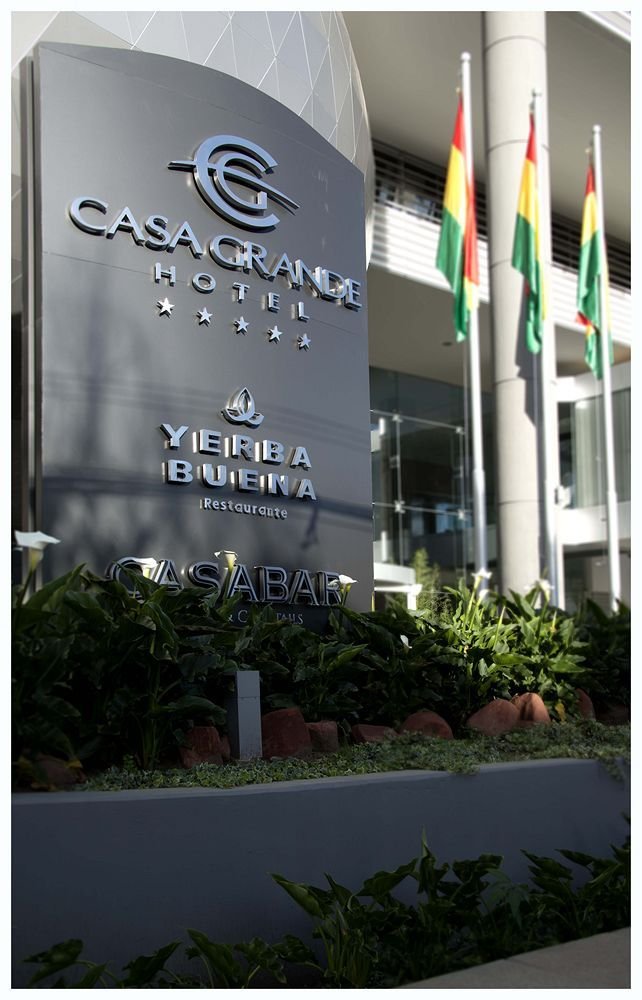
Accommodation
Bolivia’s accommodation options cater to every type of traveler, from budget backpackers to luxury seekers, and those looking for unique stays that reflect the country’s extraordinary landscapes.
Hotels and Boutique Stays
In major cities like La Paz, Santa Cruz, and Sucre, you’ll find a variety of hotels ranging from modern boutique properties to well-established chains. For example, Atix Hotel in La Paz is renowned for its stylish, spacious rooms and a top-rated spa, located conveniently near restaurants and the cable car system. Another standout is Stannum Boutique Hotel & Spa, offering a blend of comfort and elegance in a central location.
For those wanting a unique experience, the Hotel de Sal Luna Salada near Uyuni is a must. This salt hotel is constructed almost entirely from salt blocks and offers stunning views of the salt flats, combining rustic charm with modern amenities. Guests enjoy spacious rooms decorated with Andean art, outdoor decks for star-gazing, and buffet meals featuring local cuisine.
In Sucre, the Casa Grande Hotel offers spacious rooms with lovely views and excellent service, including a gym and inviting pool, perfect for relaxing after exploring the city’s colonial streets.
Hostels and Budget Options
Bolivia is a favorite among backpackers, and cities like La Paz and Cochabamba have a vibrant hostel scene. Hostels such as Wild Rover and Greenhouse Bolivia in La Paz provide affordable dorm beds and private rooms, often with social spaces like cafes, rooftop terraces, and communal kitchens. These hostels are great for meeting fellow travelers and getting local tips.
For travelers on a tight budget, hostels like Wake Up Hostel and The Rooftop Bolivia offer clean, simple accommodations near transport hubs and city centers, with basic amenities and friendly atmospheres.
Eco-Lodges and Rural Stays
Outside the cities, Bolivia offers eco-lodges and rural accommodations that immerse visitors in nature. In Madidi National Park or the Amazon basin, eco-lodges provide rustic comfort with opportunities for wildlife watching and cultural exchange with indigenous communities. These lodges emphasize sustainability and local involvement, making them ideal for eco-conscious travelers.
Practical Tips for Booking Accommodation
- Book in advance during peak travel seasons (May to October) to secure the best rates and availability.
- Check for included amenities like breakfast, Wi-Fi, and airport transfers, especially in remote areas.
- Consider altitude when choosing your accommodation; some places in La Paz and Uyuni are at very high elevations, so a comfortable, well-heated room can make a big difference.

Food and Drink
Bolivian cuisine is a delightful mix of indigenous ingredients and Spanish influences, creating a unique culinary experience. Traditional dishes often include potatoes, corn, quinoa, and various meats.
- Popular Dishes:
- Salteñas: These savory pastries are filled with meat, vegetables, and a slightly spicy sauce. They are a popular snack, especially in the morning.
- Tucumanas: Similar to salteñas, tucumanas are deep-fried pastries filled with meat, vegetables, and spices.
- Anticuchos: Grilled beef heart skewers are a common street food, marinated in spices and served with potatoes and a peanut sauce.
- Sopa de Maní: Peanut soup is a hearty and flavorful soup made with peanuts, vegetables, and meat.
- Pique Macho: A generous plate of diced beef, sausage, onions, peppers, and french fries, topped with a fried egg and sauces.
- Drinks:
- Singani: Bolivia’s national spirit, distilled from white Muscat grapes. It’s often mixed into cocktails or enjoyed neat.
- Chicha: A fermented corn drink, traditionally made and consumed during festivals and gatherings.
- Mate de Coca: Coca tea, made from coca leaves, is a common remedy for altitude sickness and is widely available.
- Dining Experiences:
- Street Food: Bolivian street food is a must-try, offering a variety of flavors and affordable options. Markets and street corners are great places to find local snacks and meals.
- Local Markets: Visiting local markets provides an opportunity to sample traditional ingredients and see how Bolivians shop and eat.
- Restaurants: Cities like La Paz and Santa Cruz have a range of restaurants serving both Bolivian and international cuisine.
Whether you’re staying in a unique salt hotel in Uyuni or exploring the culinary delights of La Paz, Bolivia in 2025 promises an unforgettable travel experience.
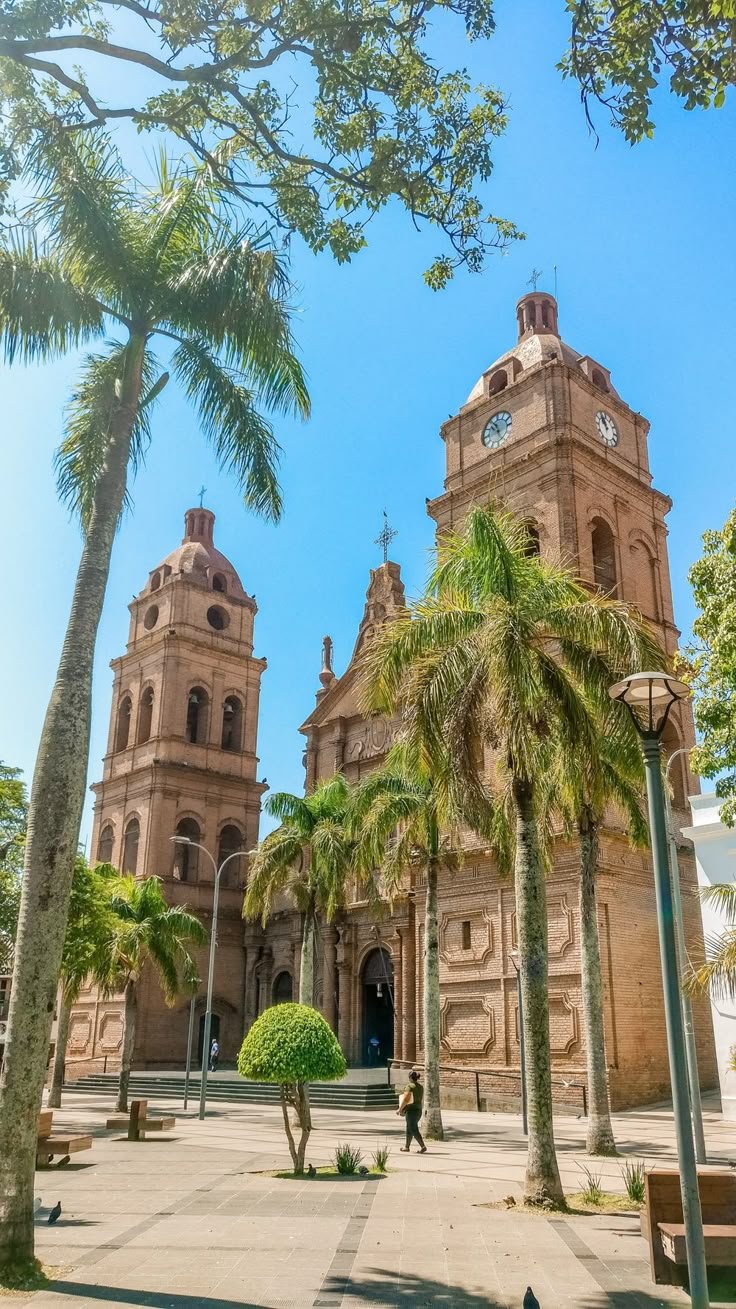
Must-See Attractions
- Salar de Uyuni
The crown jewel of Bolivia’s natural attractions, the Salar de Uyuni is the world’s largest salt flat, spanning over 10,000 square kilometers. During the dry season, it presents an endless expanse of dazzling white salt crust, while in the rainy season it transforms into a giant mirror reflecting the sky, creating surreal photo opportunities. Visitors often start their journey from the town of Uyuni, exploring the vast salt flats, nearby colored lagoons, and unique salt hotels. This otherworldly landscape is a must for photographers, nature lovers, and anyone seeking a truly unique destination.
- Lake Titicaca and Isla del Sol
Straddling the border between Bolivia and Peru, Lake Titicaca is the highest navigable lake in the world at 3,812 meters above sea level. The lake’s deep blue waters are dotted with islands rich in indigenous culture and history. Isla del Sol, the largest island on the Bolivian side, is steeped in Inca mythology and offers hiking trails, ancient ruins, and stunning panoramic views. The lake’s tranquil beauty and cultural significance make it a must-visit for travelers interested in history and nature.
- La Paz
Perched in a canyon at 3,650 meters, La Paz is Bolivia’s de facto capital and a city of vibrant contrasts. The city’s dramatic setting, with towering mountains and colorful markets, offers a fascinating urban experience. Highlights include the bustling Witches’ Market, the impressive cable car system (Mi Teleférico) offering panoramic views, and the nearby Valley of the Moon with its lunar-like rock formations. La Paz is the gateway to many adventures and cultural experiences.
- Tiwanaku
This ancient archaeological site, a UNESCO World Heritage Site, was once the spiritual and political center of a pre-Inca civilization. Tiwanaku features impressive stone monuments, including the famous Puerta del Sol and the enigmatic Puma Punku complex. Visiting Tiwanaku offers a glimpse into Bolivia’s deep indigenous roots and architectural ingenuity.
- Yungas Road (Death Road)
For thrill-seekers, the Yungas Road is legendary. Known as “Death Road” due to its sheer cliffs and narrow paths, it is now closed to motor vehicles but remains a popular cycling route. The 69-kilometer downhill ride from La Paz to the tropical town of Coroico offers breathtaking views of lush forests and deep valleys, combining adrenaline with incredible natural beauty.
- Madidi National Park
One of the most biodiverse places on Earth, Madidi National Park stretches from the high Andes to the Amazon basin. It is home to jaguars, tapirs, pink river dolphins, and countless bird species. Visitors can explore the rainforest on guided tours, stay in eco-lodges, and experience the raw beauty of Bolivia’s wilderness.
- Sucre
Known as Bolivia’s constitutional capital, Sucre is a charming colonial city with well-preserved whitewashed buildings, cobblestone streets, and a relaxed atmosphere. It is a UNESCO World Heritage Site and offers historical sites like the Monastery of San Felipe de Neri and Cretaceous Park, which holds the world’s largest collection of dinosaur footprints.
- Eduardo Avaroa Andean Fauna National Reserve
Located in the southwest, this reserve is famous for its dramatic landscapes, including the red-hued Laguna Colorada, the green Laguna Verde, geysers, and volcanic formations. It is also a habitat for flamingos and other wildlife, making it a spectacular destination for nature lovers.
- Valley of the Moon (Valle de la Luna)
Near La Paz, this unique geological formation resembles the surface of the moon, with strange rock formations, canyons, and spires sculpted by erosion. It’s a fascinating place for hiking and photography.
- Cerro Rico, Potosí
Once the richest silver mine in the world, Cerro Rico is a mountain in Potosí that shaped Bolivia’s colonial history. Visitors can tour the mines and learn about the harsh conditions faced by miners, gaining insight into Bolivia’s complex past.
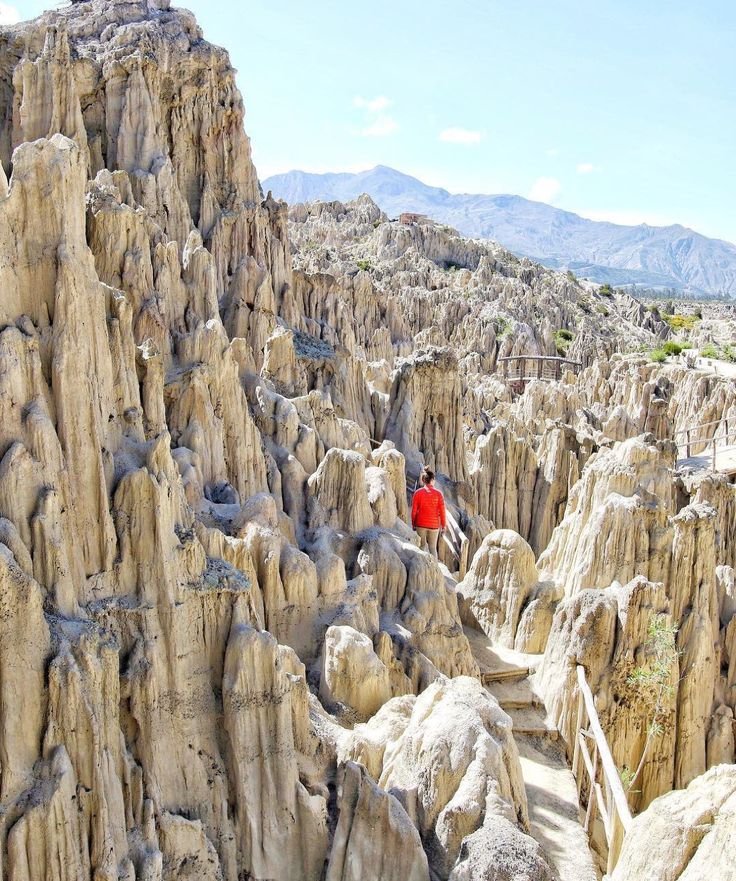
Must-Do Activities
Explore the Uyuni Salt Flats
A multi-day tour across the salt flats is a quintessential Bolivian experience. Beyond the vast white plains, tours often include visits to colored lagoons filled with flamingos, hot springs, geysers, and desert landscapes. Staying in a salt hotel and witnessing the star-filled night sky over the flats are unforgettable highlights.
Cycle the Death Road
For adventure lovers, biking down the Yungas Road is a thrilling challenge. The route descends from the high-altitude cold Andes into the warm, lush Yungas region, offering spectacular views and a rush of adrenaline. Guided tours provide safety equipment and expert guidance.
Visit Tiwanaku with a Guide
To fully appreciate the archaeological and cultural significance of Tiwanaku, hire a local guide. They provide detailed explanations of the site’s history, symbolism, and mysteries, enriching the visit.
Take a Cable Car Ride in La Paz
Mi Teleférico is the world’s highest urban cable car system and offers a unique way to see La Paz from above. It connects different parts of the city and provides breathtaking views of the surrounding mountains and cityscape.
Trek on Isla del Sol
Hiking on Isla del Sol allows you to explore ancient ruins, traditional villages, and stunning lake views. The trails vary from easy walks to more challenging hikes, making it accessible for most travelers.
Wildlife Watching in Madidi National Park
Join guided jungle tours to spot rare animals and birds, learn about medicinal plants, and experience the Amazon rainforest’s biodiversity. Staying in eco-lodges enhances the immersive nature experience.
Explore Sucre’s Colonial Charm
Walk through Sucre’s historic center, visit museums, and enjoy the city’s cafes and markets. The peaceful atmosphere and beautiful architecture make it a perfect place to relax and absorb Bolivian culture.
Experience Local Markets and Festivals
Bolivia’s markets, such as La Paz’s Mercado de las Brujas (Witches’ Market), offer a glimpse into indigenous traditions, crafts, and remedies. Participating in local festivals, like the Oruro Carnival, provides vibrant cultural immersion with music, dance, and colorful costumes.
Discover the Eduardo Avaroa Reserve
Take a guided tour to see the surreal landscapes, flamingos, and geysers. The reserve’s remote location and dramatic scenery make it a favorite for photographers and nature enthusiasts.
Visit the Valley of the Moon
Spend a few hours hiking among the unusual rock formations near La Paz. The valley’s eerie landscape is perfect for exploration and photography.

Travel Tips
Traveling to Bolivia in 2025 offers an incredible opportunity to explore one of South America’s most diverse and culturally rich countries. To make the most of your trip while staying safe and respectful, it’s essential to be well-prepared with practical travel tips covering safety advice, local customs, and language basics.
Safety Advice
- Be Vigilant About Crime
While Bolivia is generally safe for travelers, petty crime such as pickpocketing and bag-snatching is common, especially in urban centers like La Paz, Santa Cruz, and Cochabamba. Tourist areas, markets, and crowded public transport hubs are hotspots for such incidents. Always keep your belongings close, avoid displaying expensive items like jewelry or cameras openly, and use a money belt or hidden pouch to store valuables. - Taxi and Transportation Safety
Unofficial taxis pose a significant risk. Many express kidnappings—where criminals force victims to withdraw money at ATMs—have been reported involving taxi drivers posing as legitimate transport providers. To stay safe:
- Use only registered radio taxis or reputable ride-sharing apps like Uber, which operate safely in cities such as La Paz and Santa Cruz.
- Avoid hailing taxis on the street.
- Confirm the driver’s identity and vehicle details before entering.
- Never share a taxi with strangers.
- Agree on the fare before starting the journey, as most taxis do not have meters.
Public buses and coaches can be risky due to poor vehicle maintenance and hazardous road conditions. Choose reputable bus companies and avoid overnight travel on buses, especially on routes like La Paz to Copacabana, which are known for safety issues.
- Avoid Political Protests and Roadblocks
Bolivia experiences periodic political and social tensions that can lead to protests, strikes, and roadblocks. These can disrupt travel and sometimes turn violent. It is advisable to avoid demonstrations and government buildings altogether and stay informed of local news and travel advisories. - Women’s Safety
Female travelers should exercise extra caution, as incidents of harassment and sexual assault have been reported, including on guided tours. Avoid accepting rides from strangers, keep hotel doors and windows locked, and be cautious when socializing in nightlife venues. - Beware of Spiked Food and Drinks
There have been reports of criminals spiking food or drinks to facilitate theft or assault, especially in nightclubs, bars, and public transport. Always accept food and drinks only from trusted sources, never leave your drink unattended, and prefer sealed bottles or cans. - Health Precautions
Yellow fever is a risk in certain areas of Bolivia, particularly in the Amazon basin. Vaccination is recommended before travel and may be required for entry or re-entry to some countries after visiting Bolivia. Malaria and dengue fever are present in tropical regions, so use insect repellent, wear protective clothing, and consider prophylactic medication if visiting these areas.
Altitude sickness is common in high-altitude destinations like La Paz and Uyuni. Acclimatize gradually, stay hydrated, avoid alcohol on arrival, and consider medications like acetazolamide if recommended by your doctor.
- Road Safety
Driving conditions can be challenging due to poor road maintenance, aggressive driving, and lack of safety standards. If you rent a car or hire a driver, ensure the vehicle is in good condition, always wear seatbelts, avoid night driving, and familiarize yourself with local traffic laws. Motorbike taxis are not recommended due to high accident rates.
Local Customs
- Respect Indigenous Cultures
Bolivia has a rich indigenous heritage, with Quechua and Aymara peoples making up a significant portion of the population. Bolivians are proud of their traditions, languages, and festivals. When visiting rural communities or attending cultural events, dress modestly and ask permission before photographing people, especially during religious ceremonies. - Greetings and Politeness
A handshake is the common greeting in cities, while in rural areas, a slight bow or nod may be customary. Use formal titles like “Señor” or “Señora” followed by the last name when addressing people, especially elders or officials. Politeness and respect go a long way in building rapport. - Dress Code
Bolivian dress varies by region. In cities, casual wear is acceptable, but in rural areas, traditional clothing is common, especially among indigenous women who wear colorful skirts (polleras) and bowler hats. When visiting religious sites or remote villages, dress conservatively out of respect. - Tipping
Tipping is customary but not obligatory. In restaurants, a 10% tip is appreciated if service is not included. For guides, drivers, and hotel staff, small tips are welcomed. - Social Etiquette
Avoid discussing sensitive political topics or criticizing the government, as these can provoke strong reactions. Also, be mindful of Bolivia’s complex history and social issues when engaging in conversations.
Language Basics
- Official Languages
Bolivia recognizes 37 official languages, but the most widely spoken are Spanish, Quechua, and Aymara. Spanish is the language of government, education, and business, and most travelers will get by with it. - Useful Spanish Phrases
Learning basic Spanish phrases will enhance your experience and help you connect with locals. Here are some essentials:
- Hola – Hello
- Por favor – Please
- Gracias – Thank you
- ¿Cuánto cuesta? – How much does it cost?
- ¿Dónde está el baño? – Where is the bathroom?
- No hablo mucho español – I don’t speak much Spanish
- ¿Puede ayudarme? – Can you help me?
- Estoy perdido/a – I’m lost
- ¿Habla inglés? – Do you speak English?
- Indigenous Languages
If you travel to rural areas or indigenous communities, you may hear Quechua or Aymara. While you don’t need to learn these languages, showing interest and respect for local languages is appreciated.
Final Tips for a Smooth Journey
- Travel Insurance: Obtain comprehensive travel insurance covering health, accidents, theft, and trip cancellations.
- Stay Connected: Purchase a local SIM card or ensure your phone works internationally for emergency contact and navigation.
- Cash and Currency: Bolivian Boliviano (BOB) is the local currency. ATMs are available in major cities but may be scarce in rural areas. Carry some cash but avoid carrying large amounts.
- Emergency Numbers: Know local emergency numbers and the location of your embassy or consulate.
By following these safety tips, respecting local customs, and learning basic language skills, you’ll be well-equipped to enjoy Bolivia’s stunning landscapes, vibrant culture, and warm hospitality safely and respectfully in 2025.

